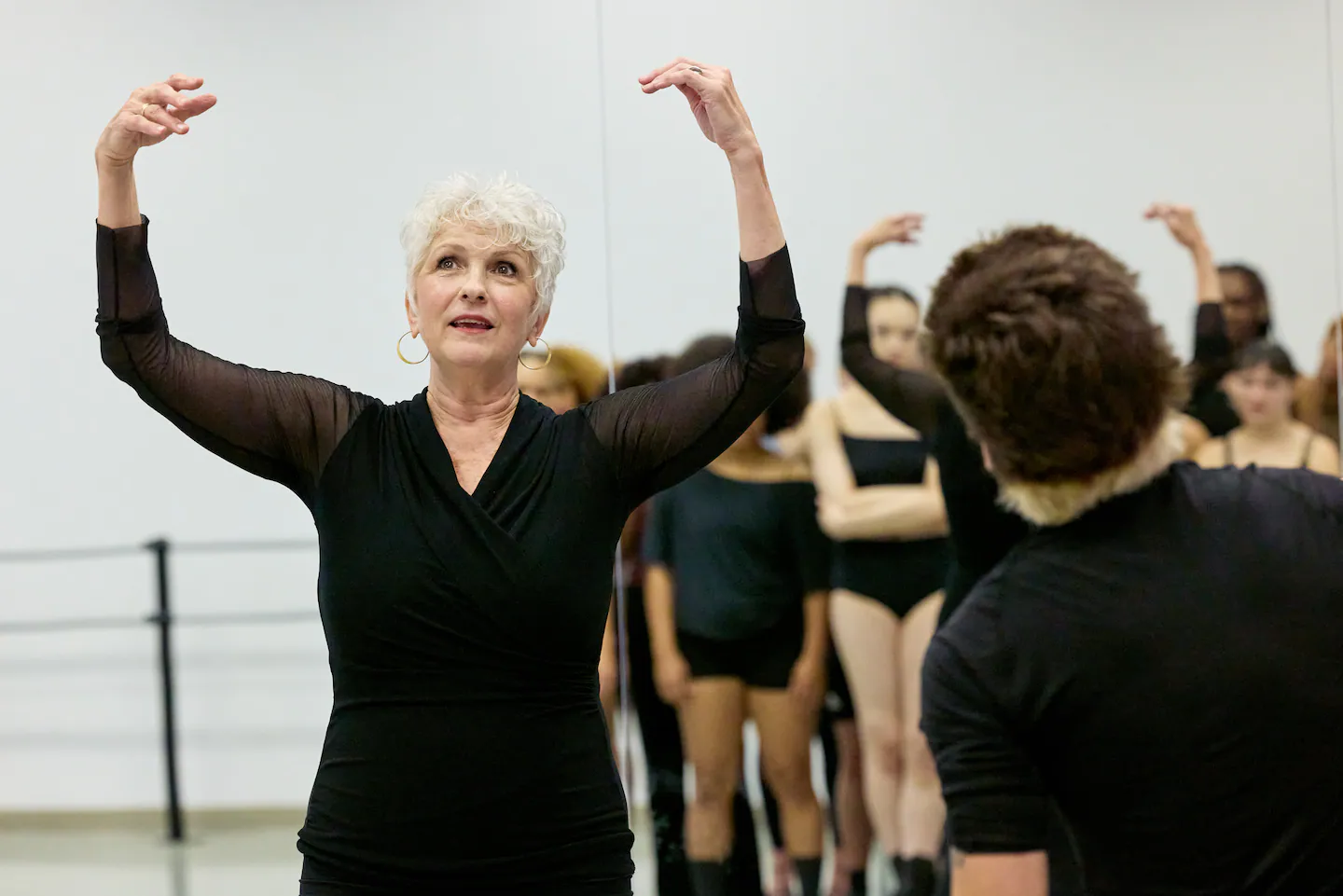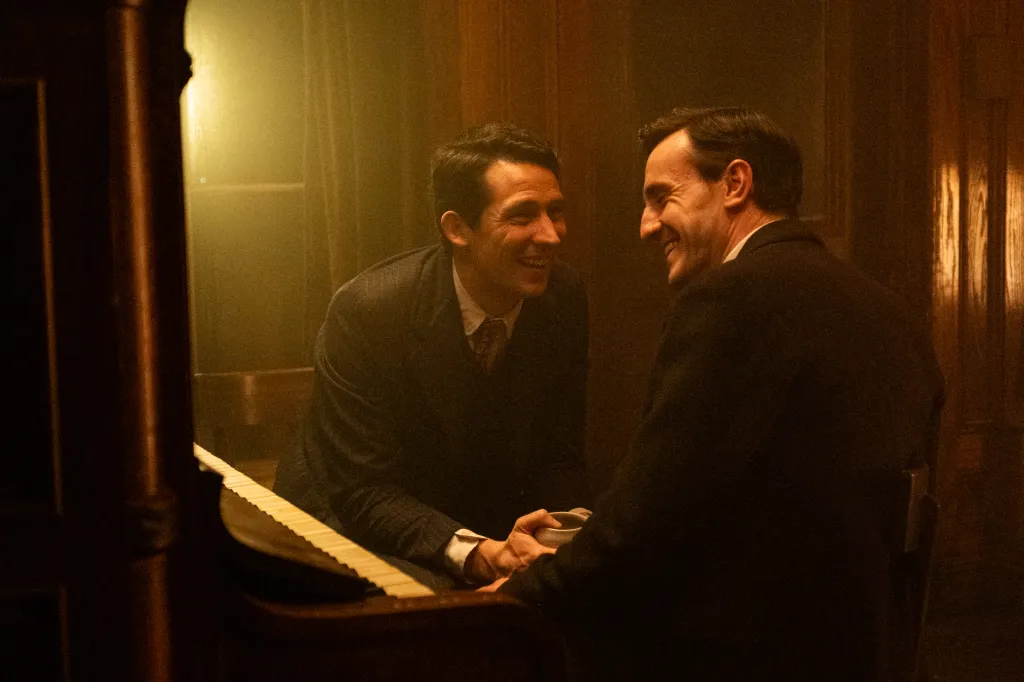
Nicole Fosse, the couple’s daughter, founded the organization in 2013 to help keep her parents’ work alive with the integrity and nuance of its original creation. She says the multi-year partnership with Boston Conservatory offers an education experience for the upcoming generation of performers, giving students the chance to immerse themselves deeply and with authenticity into Fosse’s methodology with teachers who have first-hand knowledge.
“There’s a lot of bastardization of what people call Fosse,” says Tommy Neblett, the conservatory’s dean of dance, referring to the choreographer’s much-imitated isolations, thrust pelvises, and fondness for bowler hats. But to the trained eye, Fosse’s work has extraordinary intricacy and subtlety. Choreographer for landmark musicals like “Cabaret” and “Chicago,” he was acclaimed as a director as well. He is the only person to have received an Oscar (for directing “Cabaret”), a Tony (for directing “Pippin”) and an Emmy (for directing the television special “Liza with a Z”) in the same calendar year (1973).
Neblett believes Fosse and Verdon changed the American dance landscape. “In the same way Agnes de Mille did in her day,” he elaborates. “She created dance that told a story. Bob did the same thing but in a different way with a unique vocabulary. He’s one of the few choreographers other than modern dance greats who has a technique. It’s very subtle and withheld and creates this tension that has a fire to it but is not overt. The isolations, the pelvic thrusts have a very specific musicality. It’s simmering and smoldering, not in your face. The Legacy keeps that alive in its purest form, and we are so proud we can be a little part of that conservation.”
Over the next five years, additional performers having long affiliations with the distinctive work of the Broadway legends will come to the conservatory as part of semi-annual residencies to reconstruct some of the pair’s most famous dance sequences. The works being prepared during this fall’s residency will be showcased Feb. 6-7 at the Huntington Theatre (tickets will go on sale in December).
Quillan, a graduate of the Boston Conservatory’s dance program, says it’s a delight working with the students. She was the dance captain for the first revival of “Sweet Charity” on Broadway in 1986, and she’s teaching the young dancers a sequence from the musical called “The Rich Man’s Frug.”
“The first section asks them to be aloof, the second section they’re playing, and in the third section they lose control, then pull it back together,” Quillan says. “I think it’s a fun journey for them, but new to have that kind of subtlety and holding back, having to invest themselves more as actors.”
She adds, “Gwen [Verdon] had a phrase — ‘You have to dance the meaning of the steps.’ Every single movement has a motivation.” She says Verdon’s impact on Fosse’s creativity was immeasurable. “She brought in a lot of the vocabulary of Jack Cole, and [Fosse] learned that from her and incorporated into his choreography. If you look at all of their work, you see it. It became so intertwined.”
For conservatory students, especially those in the ground-breaking commercial dance three-year BFA program, it’s a rare opportunity to train in one of the most influential styles of American jazz dance that continues to have an impact on musicals, popular entertainment, and commercial work today.
“It’s such an honor to learn from Mimi Quillan,” says Soleil Richardson, a second-year commercial dance major. She will serve as dance captain to work with conservatory faculty member Jennifer Mikochik to help keep the piece in shape until the February showcase. “It mimics a professional experience, being in rehearsals and absorbing these routines in a crash-course format. It gives us insight into what a professional career will be, and helps skills like acting, memory, choreography retention, learning to adapt quickly.”
However, she admits, “The stamina, both mental and physical, is what’s most challenging. We’re in rehearsals all day learning routines in two weeks that a normal cast might have for a couple months. The movement looks so effortless and simple, but it’s some of the hardest most intricate moves I’ve ever had to learn. But once you get it in your body, it’s so fun, and you start to see the magic happen.”



